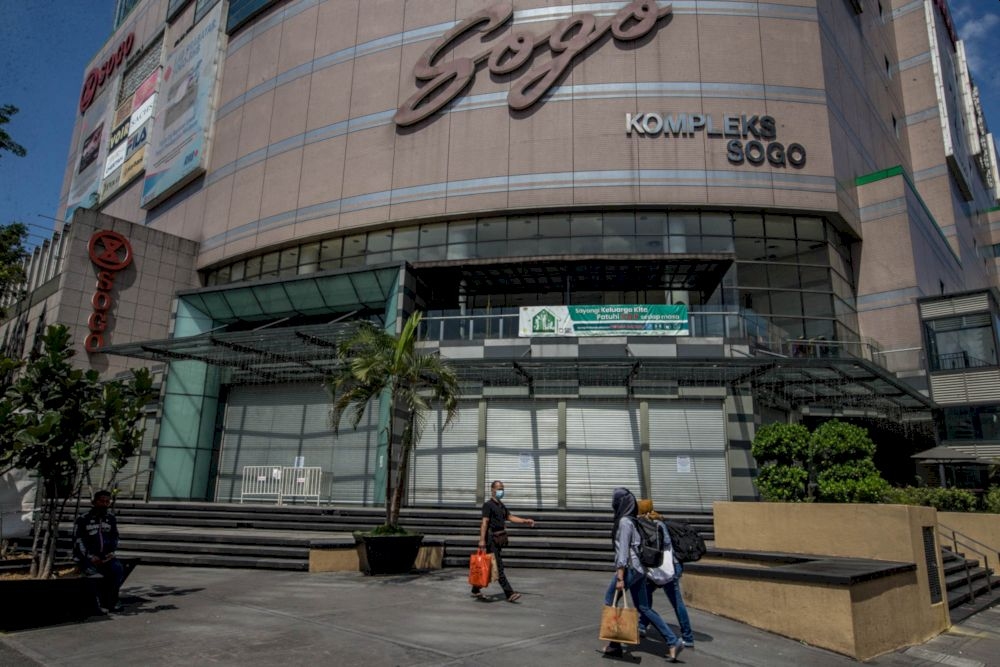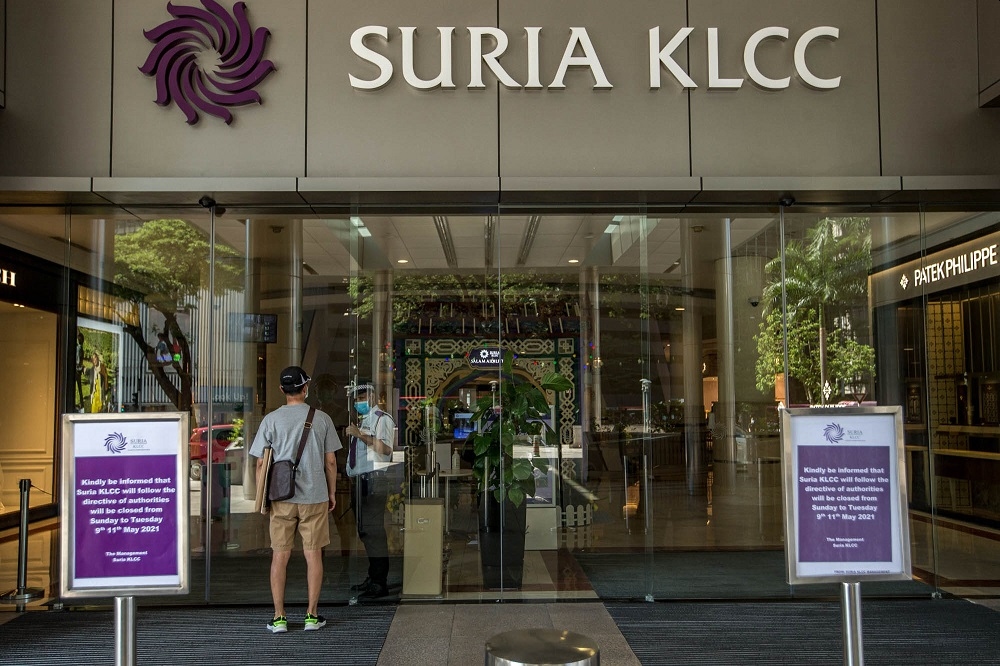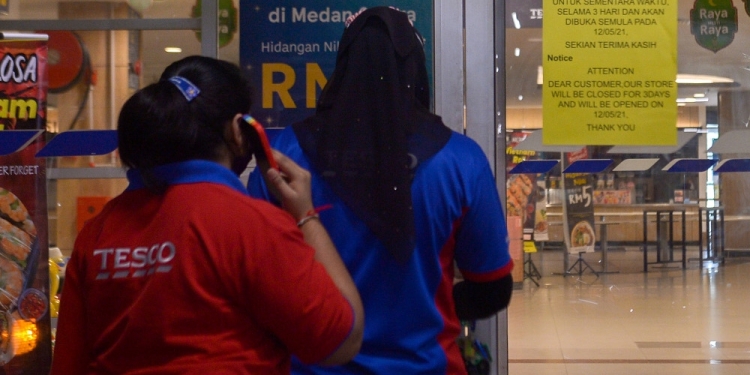The closure of major malls and supermarkets owing to their inclusion in the Hotspot Identification by Dynamic Engagement (HIDE) system could be ill-judged due to Aidilfitri this week, said health experts.
The government suddently ordered the simultaneous three-day closures during the weekend just before Aidilfitri — typically a peak shopping period when Muslim families purchase items needed for their celebrations — and giving little time for shoppers to react.
AIMST University’s School of Medicine Assoc Professor Dr Saraswathi Bina Rai said the timing was unfortunate as she said there was a noticeable increase in crowds at malls in the vicinity of those that were ordered to close.
“I think if there was a good reason to close the malls then it should be done of course. But this is based on the HIDE system and there seems to be a lack of information on how the system works.
“Was it based on a risk and vulnerability analysis? Was the data complete to make such drastic moves all in one day?” she said. “It is definitely based on artificial intelligence. But what are the components of that AI is not clear.”
“And how reliable is the data? The bigger malls and so on may use the MySejahtera applications, but the smaller outlets may not,” she added, referring to the fact that the HIDE system uses data from the MySejahtera application.
When contacted, Malaysia Medical Gazette managing editor Dr Khoo Yoong Khean concurred, saying there is a possibility of a surge in visitors — and therefore an increased risk of Covid-19 infections — at malls and hypermarkets that are allowed to remain open.
“Therefore it is important for existing malls to ensure SOPs are well defined and enforced. It would be better to try and limit visitors by number and hours too.
“…on the other hand, the public should also be aware of high risk areas and malls can be a site for outbreaks. Do the shopping if you need to, but be quick about it, keep to the SOPs, refrain from bringing high risk individuals like children and elderly,” he advised.

Dr Khoo also said it was important to make sure decisions — such as that of closing malls and hypermarkets — should be properly aligned with other SOPs so that the public is able to properly understand and buy into the decisions.
“We cannot have mixed messages like closing malls but not closure of proven sites of outbreaks like factories and workplaces.
“Furthermore, the flip flop decisions of prohibiting outdoor sporting activities then allowing it the next day does not inspire confidence in the people,” he said.
In a press conference yesterday, Senior Defence Minister Datuk Seri Ismail Sabri Yaakob acknowledged that the closures could create new concentrations of shoppers at other malls.
However, he insisted that malls and retailers have been issued with standard operating procedures to limit the number of people that may be in a store at any given time and any beyond this limit would be made to queue for their turn to enter.

The HIDE system was introduced to the public on May 4, by Science, Technology and Innovation Minister Khairy Jamaluddin; as a system that can pre-emptively identify potential Covid-19 hotspots using data from the MySejahtera application and “health databases”.
On May 8, the first HIDE list was published, with the list being dominated by malls and hypermarkets, mostly in Selangor and Kuala Lumpur. Khairy would then being included in the list does not necessarily mean these premises have to close.
A day later, however, Ismail Sabri announced that all malls — many containing hypermarkets — in the list were ordered to close until May 11, causing confusion and frustration among shoppers and business people alike.— Malay Mail








